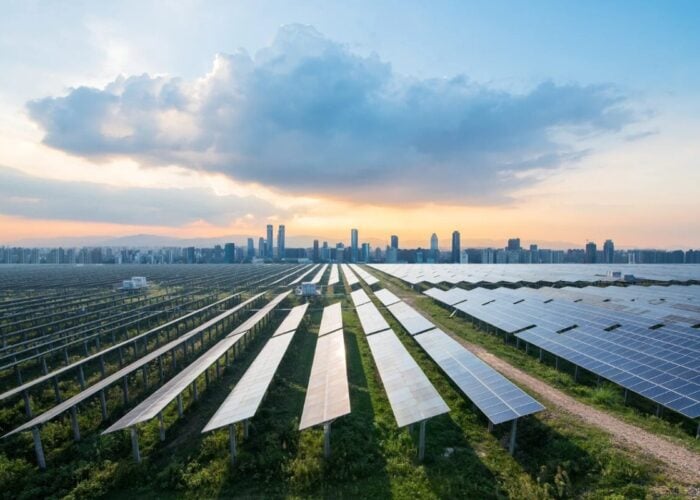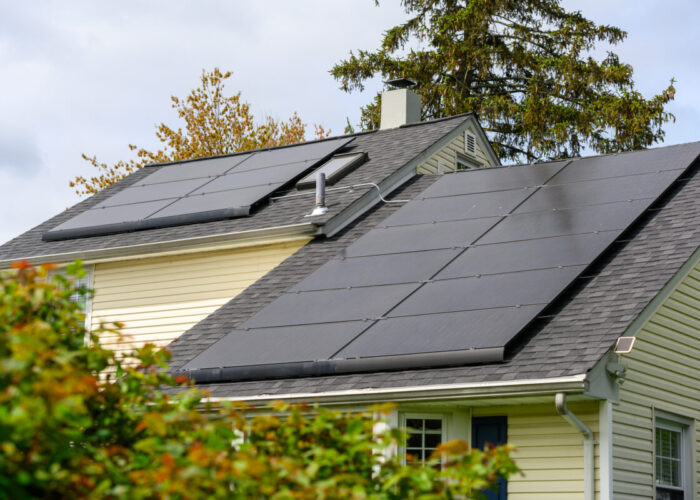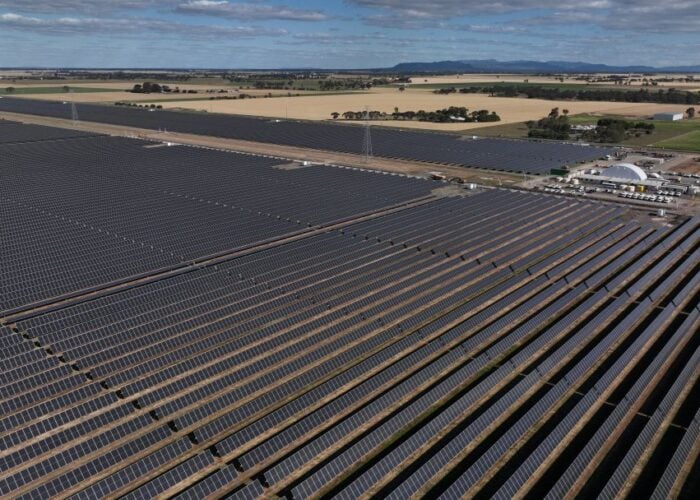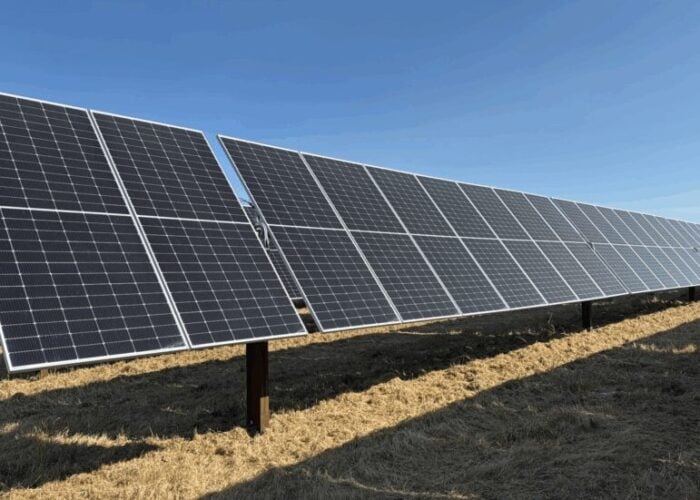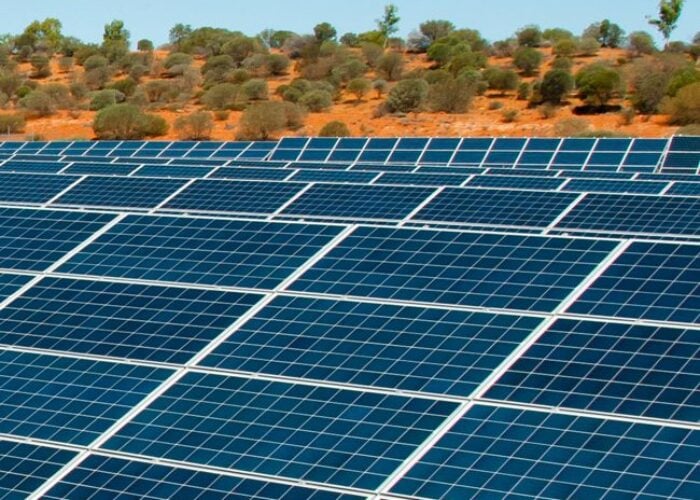The Swiss Federal Institute of Technology yesterday announced it has achieved a conversion efficiency of 10.7% for a single-junction microcrystalline silicon thin-film solar cell.
The new record for this type of cell has been confirmed by the independent institute, Fraunhofer Institute for Solar Energy Systems (ISE).
Try Premium for just $1
- Full premium access for the first month at only $1
- Converts to an annual rate after 30 days unless cancelled
- Cancel anytime during the trial period
Premium Benefits
- Expert industry analysis and interviews
- Digital access to PV Tech Power journal
- Exclusive event discounts
Or get the full Premium subscription right away
Or continue reading this article for free
The conversion efficiency of 10.7% tops the previous record of 10.1%, achieved by Japan’s Kaneka Corporation in 1998.
According to the Swiss Federal Institute of Technology in Lausanne, the record cell efficiency was achieved using 1.8 micrometers of thin silicon active material, which is 100 times less material than is used for conventional PV technologies.
Simon Hänni, PhD student at IMT Neuchâtel, said: “Deep understanding has been gained these last years in material quality, efficient light-trapping and cell design, which in combination with careful process optimization led to this remarkable world-record efficiency.”
It is understood that the employed processes can be up-scaled to the module level. The Swiss Federal Institute of Technology claims that this type of thin-film silicon technology could eventually lead to module production prices as low as €35 ($47) per square meter ($47).


